With over 70 wine-producing nations worldwide, and innumerable subregions and appellations, choosing where to take your next wine-fueled vacation can be tricky.
To create the ultimate list of wine travel destinations for 2019, we analyzed trends and tourism developments worldwide. We love Napa, Bordeaux, and Tuscany, but we wanted to highlight regions beyond those usual suspects. Taking a step off the beaten path reveals hidden gems, and the opportunity to produce envy-inducing Instagram stories.
Pack a suitcase, and be sure to leave plenty of room to bring back your favorite bottles. Here are the 10 wine travel destinations that should be on your radar this year.
10. Moldova
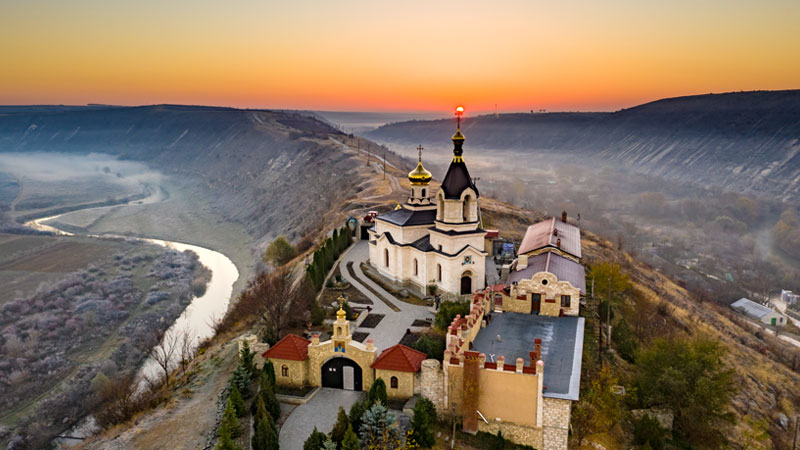
Moldova’s capital, Chisinau, is just a two-hour flight from London, Milan, and Vienna, yet the country remains one of the world’s least-visited tourist destinations. Things are slowly changing on that front, however, and Moldova’s National Bureau of Statistics reported a roughly 20 percent hike in visitors in 2018 — fueled, in part, by wine tourism.
Wine is everywhere in Moldova. The four main regions (Condru, Valul lui Traian, Stefan Voda, and northern Balti) are all within a one- or two-hour drive from the capital, and somewhere between 20 and 25 percent of Moldovans are employed in the wine trade.
The international airport is named after fermented grape juice and Moldova is home to the world’s largest wine cellar, which is a staggering 150 miles long and contains over 2 million bottles. The cellar is so big, in fact, that it hosts an annual 10-kilometer (6.2-mile) wine run.
9. Macedonia, Greece
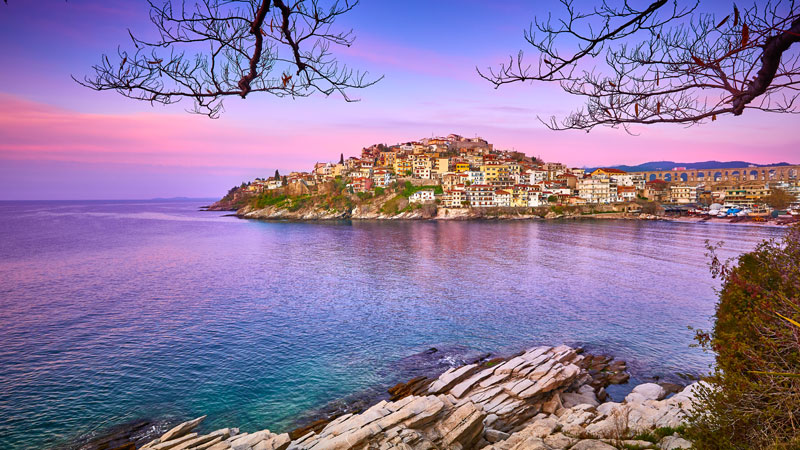
Hard-to-pronounce Greek varieties like Assyrtiko and Agiorgitiko have cemented themselves on many American wine lists in recent years. The island regions of Santorini and Crete are popular, too, among in-the-know winos. Yet it’s Greek Macedonia, located in the north of the country in the mainland, that’s vying to become your next Greek wine destination.
Orient yourself near the ancient port city of Thessaloniki, where wine grapes such as local native variety Xinomavro have been grown for thousands of years. Highly tannic, with bracing acidity, the grape is Greece’s answer to Nebbiolo and looks set to see a surge in interest now that the country’s winemaking credentials are firmly established. Greek Macedonia has multiple established wine routes to explore, and an international airport with affordable connecting flights arriving via Istanbul. Book your break now and beat the impending crowds.
8. Valais, Switzerland
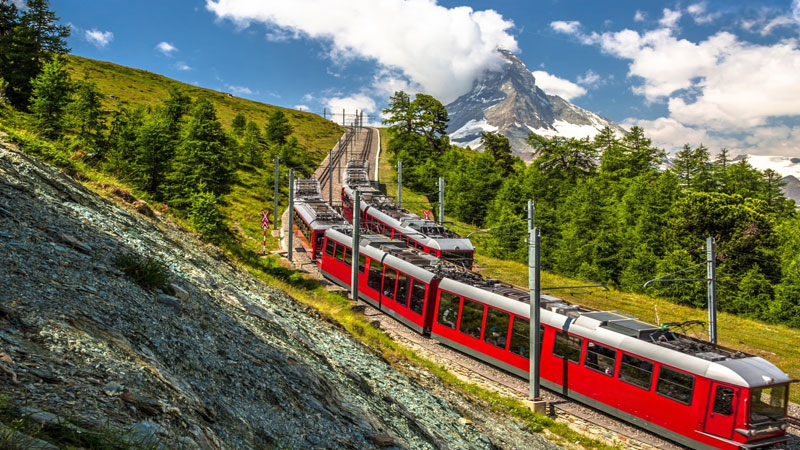
Little of Switzerland’s high-quality wine production leaves its borders because of the strength of its prohibitively expensive currency. If you want to sample some of the country’s fine Pinot Noirs, therefore, or wines made from flagship white variety Chasselas, a Swiss vacation is your best bet.
Located on the Alpine upper stretches of the Rhône River, the Valais region contains a large portion of Switzerland’s wineries and is responsible for roughly half of total production.
The surrounding mountains, including the symbolic Matterhorn peak, shelter the region’s best vineyards (Domaine des Muses, Domaine Gérald Besse, and Domaine Jean-René Germanier, to name a few) and also house numerous tourism solutions in the form of upscale Alpine resorts. The Grand Hotel Zermatterhof and Mont Cervin Palace offer luxury accommodations, with matching price tags and equally heart-stopping views of the nearby Matterhorn. Hotel-Restaurant Didier de Courten provides a modest but no-less-pleasant alternative.
7. Uruguay
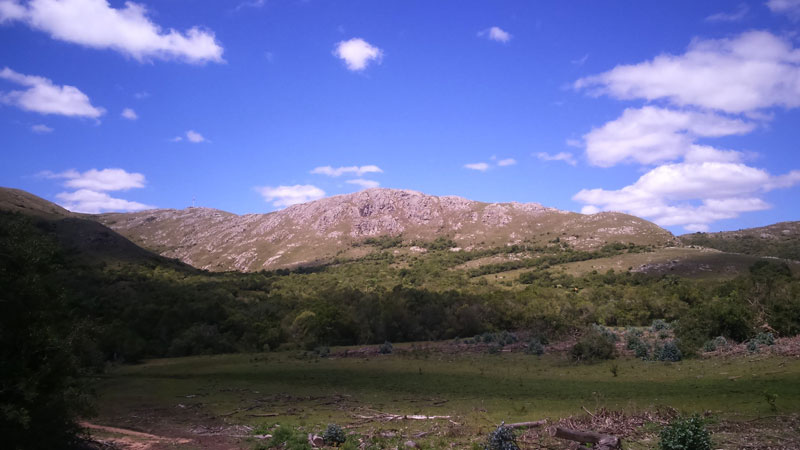
Like neighboring Argentina, Uruguay is a meat- and wine-lovers’ nirvana. Unlike Argentina, however, it receives little attention for its winemaking prowess, despite being South America’s fourth-largest producer. If you have sampled one of its wines, chances are it was a bottle of grippy, full-bodied Tannat, a variety that is to Uruguay what Malbec is to Argentina and Carménère to Chile.
Uruguay has plenty to offer besides tannic reds, though. Bodega Garzón, in the Maldonado region, champions Albariño, Sauvignon Blanc, Viognier, and Pinot Gris, and offers world-class food pairings at its nearby luxury hotel and restaurant, courtesy of Francis Mallmann of Chef’s Table fame.
The Maldonado region is home to picturesque coastal towns and beaches, as well as wineries Viña Eden and Alto de la Ballena. It’s easily accessible via direct flights out of Uruguay’s capital, Montevideo. Alternatively, combine a trip to Maldonado with a visit to Buenos Aires, which lies a short ferry ride across the Río de la Plata.
6. Tasmania, Australia
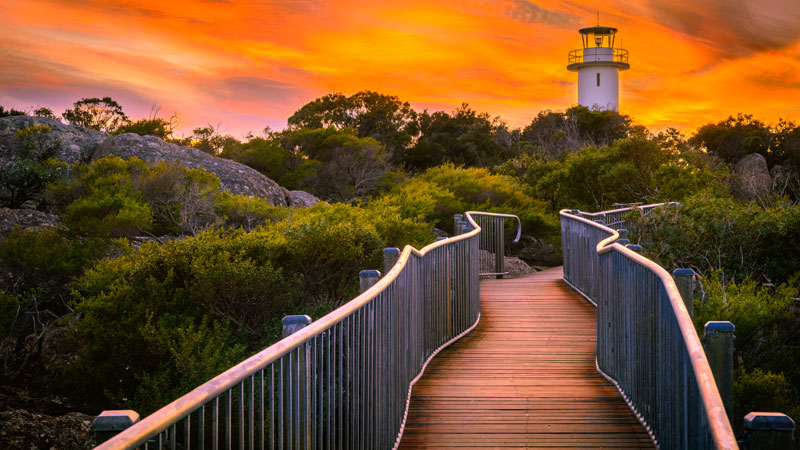
A 25,000-square-mile state 150 miles off the south coast of Australia, Tasmania garners international attention for its Pinot Noir and Chardonnay and produces some of the country’s leading sparkling wines. Emerging Riesling, Sauvignon Blanc, and Pinot Gris plantings prove the versatility of the terroir in Australia’s southernmost state.
Almost all Tasmanian wineries offer tours and tastings, though it’s a good idea to call in advance. See Pooley Wines and Freycinet Vineyards for the region’s leading Rieslings, Domaine A for Sauvignon Blanc (and intriguing Cabernets), and Derwent Estate for über-hip, skin-contact Pinot Gris.
Tasmania’s winemaking pedigree is complemented by a burgeoning culinary scene. Seafood-focused Franklin, and farm-to-table restaurants like Dier Makr and the Agrarian Kitchen Eatery & Store lead the pack. Hobart, the island’s capital, also enjoys a lively music and arts scene and is home to the nation’s oldest brewery, Cascade, for when the time comes to enjoy lower-ABV bubbles.
5. Israel
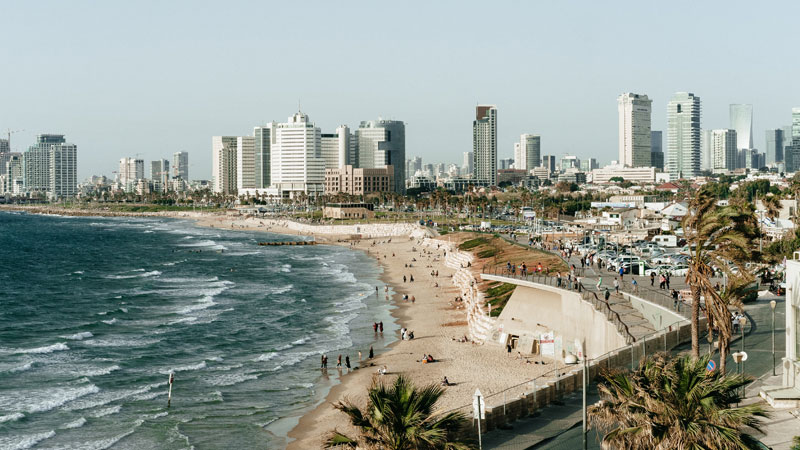
Israel’s relationship with wine stretches back thousands of years, yet its modern-day reputation as a producer revolves around kosher bottles of varying quality. A new generation of winemakers is hoping to change this, embracing state-of-the-art winemaking techniques and limiting production to the cooler northern regions, such as Galilee, which includes Upper Galilee, Lower Galilee, and the Golan Heights.
California native Victor Schoenfeld heads the winemaking operation at the award-winning Golan Heights Winery. A graduate of UC Davis, Schoenfeld gained experience at critically acclaimed international wineries, including Robert Mondavi in Napa Valley, Chateau St. Jean in Sonoma Valley, and Champagne house Jacquesson & Fils, before joining Golan Heights in 1992. The winery’s Cabernet Sauvignon-driven bottlings are arguably the region’s finest.
A handful of wineries, such as Bethlehem’s Cremisan Wine Estate, shun international varieties in favor of native grapes like Baladi (red), and Marawi, Jandali, and Dabouki (white).
Recanati Winery, which was a key factor in restoring native white grape Marawi, splits production between French-style blends and indigenous varieties. The winery released its inaugural Marawi bottling in 2014.
Israel has just over 50 commercial wineries in total and spans 260 miles north to south, and 70 miles east to west. A side trip to the Israel’s wine countries can easily be incorporated into visits to Tel Aviv, which is served by direct flights from major U.S. cities including Washington, San Francisco, New York/Newark, and more.
4. Elqui Valley, Chile
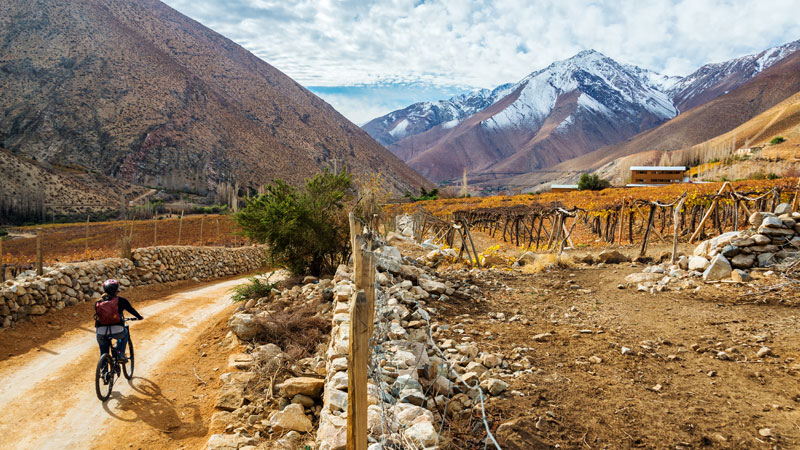
For a total of two minutes on July 2, 2019, the moon will completely obscure daylight as it passes between Earth and the sun. Chile’s wine-producing Elqui Valley is one of the world’s best locations to witness this year’s breathtaking total solar eclipse.
Situated 300 miles north of the capital, Santiago, the Elqui Valley runs from the Pacific coastal city of La Serena to the Andes Mountain range and Argentine border. The country’s northernmost wine region makes expressive varietal wines from Carménère, Sauvignon Blanc, and Syrah. It’s also Chile’s leading pisco-producing region.
In the heart of the valley lies the village of Pisco Elqui. With a number of hotels and pisco distilleries, and close access to the valley’s nearby wineries, it’s the best location to plan your visit around. But a two-hour bus ride to the nearest airport in La Serena, or a five-hour drive to Santiago, mean that careful planning before visiting is advisable.
Choose Casona Distante for a romantic hotel break, or consider Refugios La Frontera and Elqui Domos, which each have private observatories. Check in advance that the region’s premier wineries, Viña Falernia and Cavas del Valle, are receiving guests during your stay, likewise with pisquerías Aba Distillery, Pisco Mistral, Fundo Los Nichos, and the Capel Distillery in nearby Vicuña.
3. Provence, France
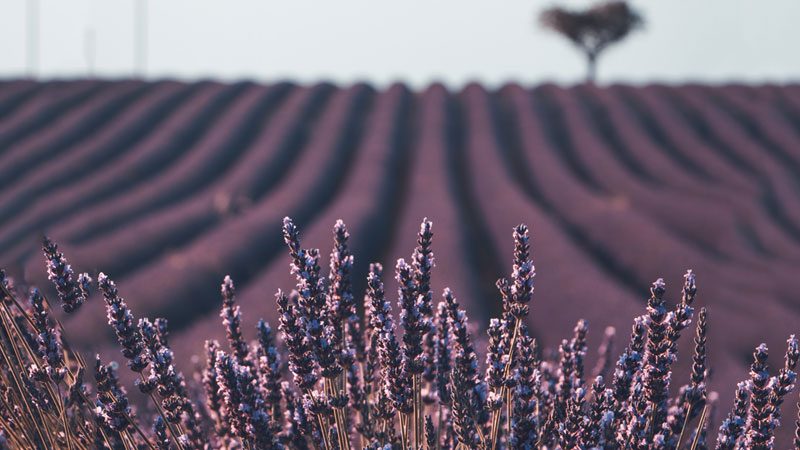
Rosé. All. Day. Drink in the hottest trend of 2018 (and, by all estimates, 2019, too) in its geographic and cultural apex. The leading vines for rosé production are firmly rooted in the soils of southern France’s Provence region and there’s nowhere better to enjoy the light and refreshing wine than on the very shores from which it hails.
A patchwork of lavender fields stretching from the Rhône River to the Italian border, Provence has picturesque seaside and mountains and more than 400 vineyards. Wineries such as Château de Berne and Domaine de Fontenille pair blush pink tastings with local fine cuisine.
The old port city of Marseille is a vibrant base camp. It’s home to the three-Michelin-starred, Le Petit Nice, celebrated for its multi-course tasting menu based entirely around the city’s most famous dish: bouillabaisse. The family-run establishment (which recently celebrated its centenary) also offers luxury accommodations in the form of two boutique five-star villas. Yes, you are here for rosé, but don’t even think about leaving the city without sampling local-favorite pastis, on the rocks with ice-cold mineral water.
Nearby Arles provides a quieter alternative. Check out the Foundation Vincent Van Gogh and Musée Réattu, or head to the Musée de l’Arles Antique and Museon Arlaten for ancient artifacts. (Arles has a more than 2000-year history, with original Roman ruins still scattered throughout the city.)
2. Finger Lakes, N.Y.
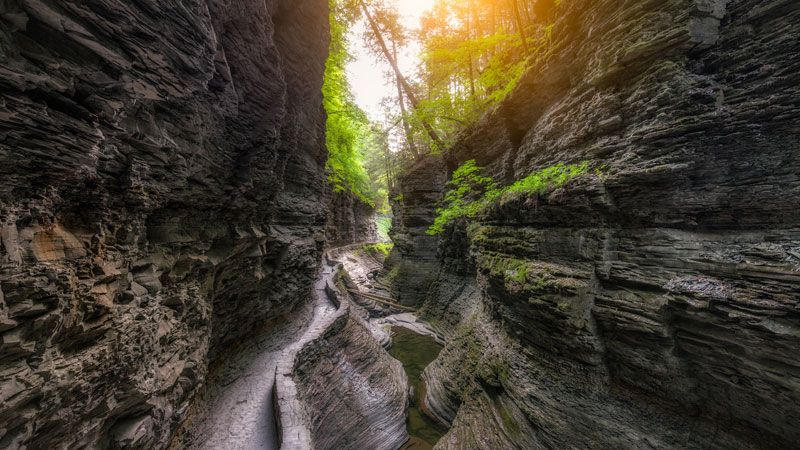
The Finger Lakes proves that top-quality oenotourism exists on America’s East Coast. Riesling production leads the way, but other new and exciting bottlings — such as Dr. Konstantin Frank’s amber Rkatsiteli, Forge Cellars Pinot Noir, and Cabernet Francs from Domaine LeSeurre and Hermann J. Wiemer — are emerging all the time.
Production is centered around the Keuka, Cayuga, and Seneca Lakes, three of the 11 that give the region its name. Dr. Konstantin Frank, located on the west side of Keuka Lake, and Hermann J. Wiemer, on Seneca Lake, are the region’s pioneering wineries, not to be missed during your visit. Weis Vineyards, Boundary Breaks, and Standing Stone are other exciting winemakers to check out while you’re in the area.
The Finger Lakes craft beer scene, is flourishing, too. Two Goats Brewing (Seneca Lake), Prison City Brewing (Auburn), and Abandon Brewing (Penn Yan) are just a few of the numerous worthwhile departures from the wine route, for when you’ve had your fill of Riesling for the day. (See also Finger Lakes Beer Trail for a handy map of the region’s 70-plus breweries.)
1. Sherry Triangle, Spain
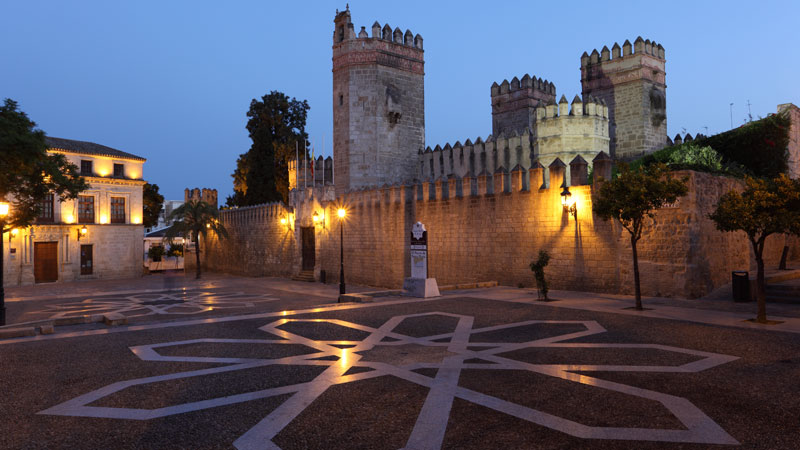
Somm-favorite sherry might not enjoy mainstream popularity (yet!), but the category offers the complexity and ageability we look for in premium white wines at a fraction of the price. The only thing holding it back? Sherry’s numerous styles, which are tricky to navigate and can be easily off-putting. The best way to fully appreciate and savor the category is to visit the bodegas of El Marco de Jerez. (You can thank us when you get back).
El Marco de Jerez, a.k.a. the Sherry Triangle, is situated a one-hour train ride south of Seville, in a sun-soaked corner of Andalusia. Jerez de la Frontera, Sanlúcar de Barrameda, and El Puerto de Santa María are the three cities which define the triangle’s borders, and all of the region’s sherry blending and aging takes place in bodegas (wineries) within them.
The name sherry is actually an anglicization of Jerez, the inland city that has some of the most well-known sherry bodegas. Tío Pepe is one example, located a short walk from the city’s central square, La Plaza del Arenal. The bodega has a list of tour options, including a one-and-a-half-hour tour and tasting, a biking tour of local vineyards, and a ‘deluxe’ tour, which incorporates vineyard and bodega visits with breakfast and a paired lunch.
With a focus on aged sherries, Bodegas Tradición promises to satisfy aficionados’ palates, while the collection of Spanish artwork adorning its walls (including paintings by Picasso, El Greco, Goya, Velásquez, and Zurbarán) is museum-worthy.
The coastal town of Sanlúcar de Barrameda hosts the perfect conditions for producing manzanilla, a mineral-rich dry sherry that pairs perfectly as an aperitif with green olives and marcona almonds. Like Jerez, Sanlúcar has several bodegas to visit (such as Barbadillo, Bodegas Hidalgo La Gitana, and Bodega Hijos de Rainera Pérez Marín). Casa Bigote, the city’s most-renowned seafood-only restaurant, pairs exceptional manzanilla and more with local sea fare. And don’t leave without dropping in on world-famous Bodegas Osborne in El Puerto de Santa María.
